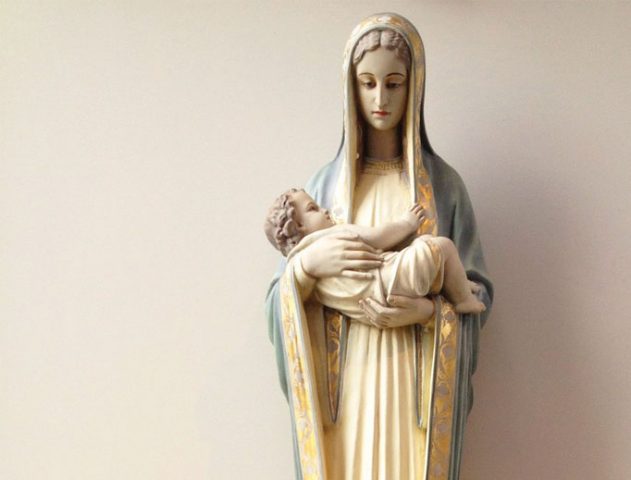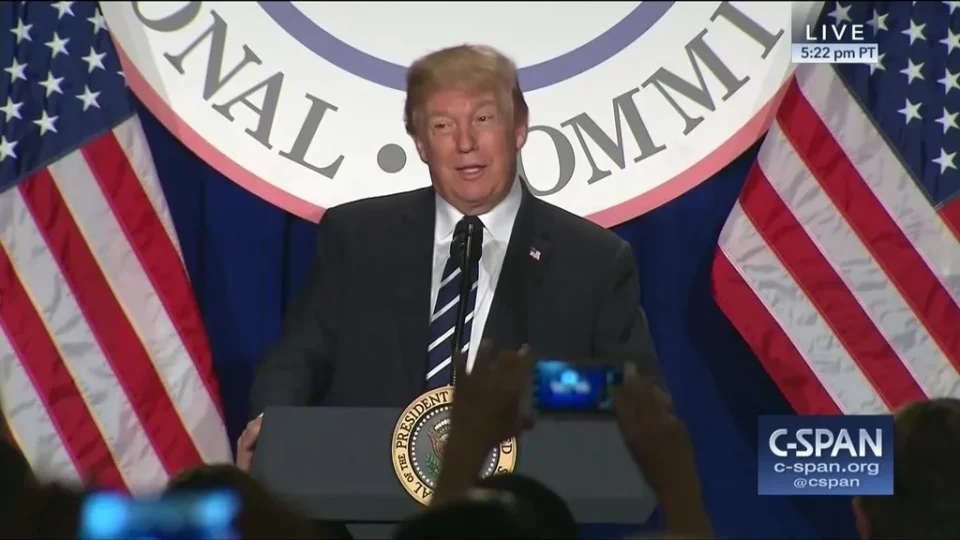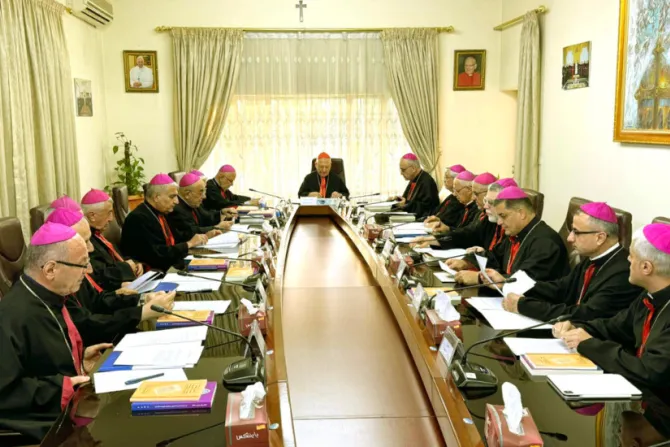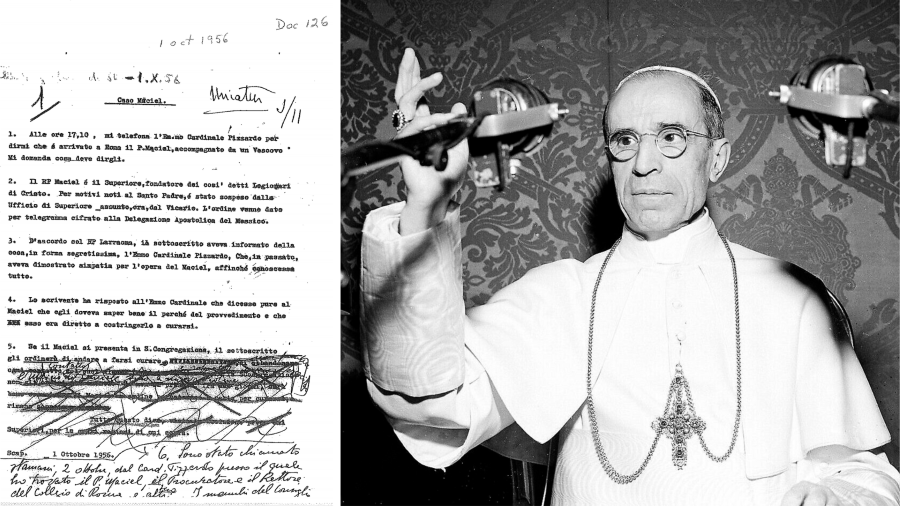Committed to Memorare: Mary’s Prayer Packs Grace-Filled Power

Rome Conference to Explore ‘Old and New Modernism’ at Root of Today’s Church Crisis
May 7, 2018
On the Paradoxical Connection Between Love and Law – A Homily for the 6th Sunday of Easter
May 7, 2018




